Fridge Not Cooling: Top 5 Common Causes and How to Solve Them
A refrigerator that suddenly stops cooling can be a homeowner’s nightmare, especially when you rely on it daily to keep your food fresh. While it may be tempting to call a technician right away, understanding the most common causes can help you troubleshoot and, in many cases, fix the problem yourself. At ApplianceRescue.ca, we’re here to help Canadians get their appliances back in working order—without breaking the bank.
Here’s a comprehensive look at the top 5 reasons your fridge may not be cooling—and the steps you can take to solve them.
1. Dirty Condenser Coils

The Problem:
Your refrigerator’s condenser coils play a crucial role in removing heat from inside the unit. Over time, these coils—usually located at the back or underneath the fridge—can become clogged with dust, pet hair, and debris, reducing efficiency and preventing proper cooling.
The Solution:
- Step 1: Unplug the fridge for safety.
- Step 2: Locate the condenser coils (refer to your manual if unsure).
- Step 3: Use a coil cleaning brush or vacuum to gently remove dirt and buildup.
- Step 4: Plug the fridge back in and monitor the temperature over the next few hours.
Pro Tip: Clean the coils every 6 months to maintain optimal performance.
2. Faulty Evaporator Fan Motor
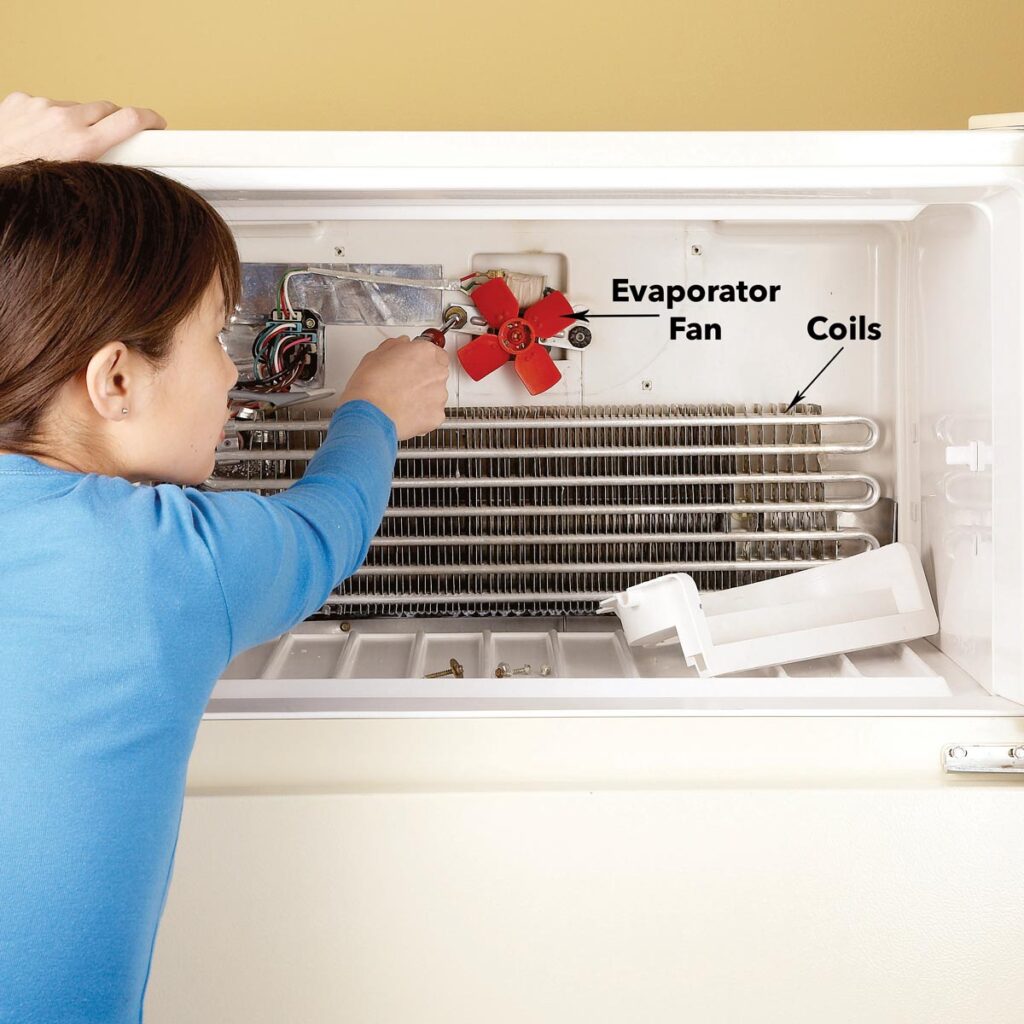
The Problem:
The evaporator fan circulates cold air from the freezer to the refrigerator compartment. If this fan fails, the fridge may feel warm even though the freezer remains cold.
The Solution:
- Step 1: Open the freezer door and listen for a fan running. Silence may indicate failure.
- Step 2: Check for visible ice buildup around the fan that may be causing blockage.
- Step 3: If the fan blades are not spinning freely or the motor is silent, it likely needs replacement.
- Step 4: Replacing the evaporator fan motor can be a DIY task with the right tools—or call professional service.
3. Defective Thermostat or Temperature Control
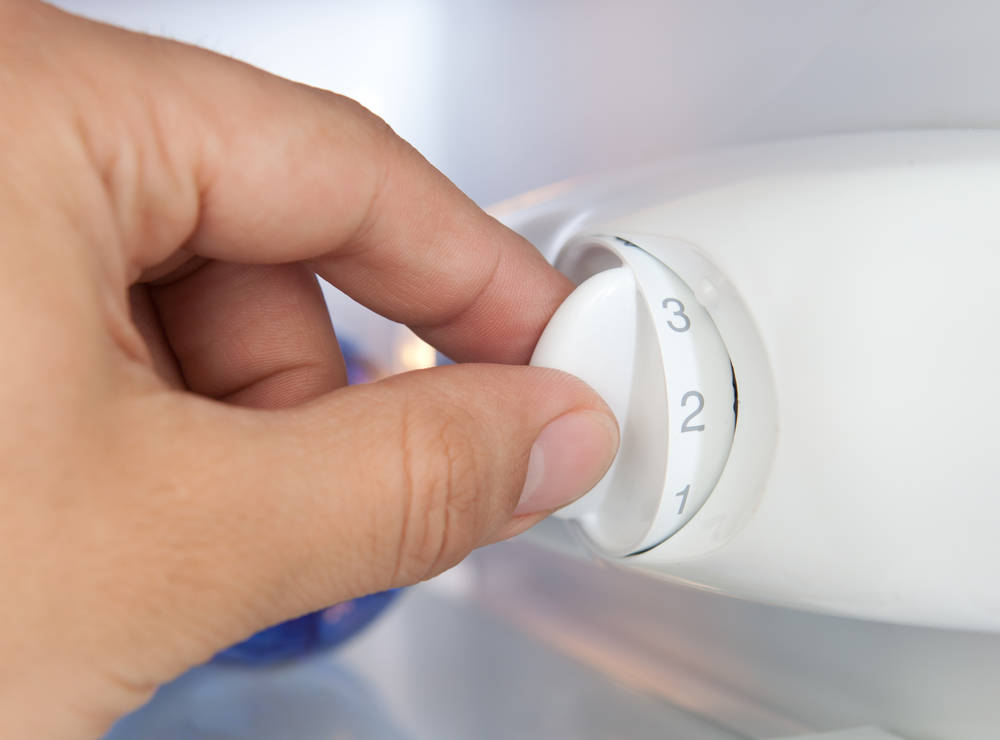
The Problem:
A malfunctioning thermostat may prevent the compressor from turning on, which means your fridge won't cool at all. This issue is often overlooked but critical.
The Solution:
- Step 1: Test the thermostat by turning the dial from low to high. You should hear a click—if not, it's probably defective.
- Step 2: Use a multimeter to check for continuity in the thermostat. No continuity means it needs replacing.
- Step 3: Purchase a compatible thermostat for your fridge model and install it carefully.
If you’re not comfortable handling electrical components, our certified technicians at Appliance Rescue can help you out safely.
4. Compressor or Start Relay Issues
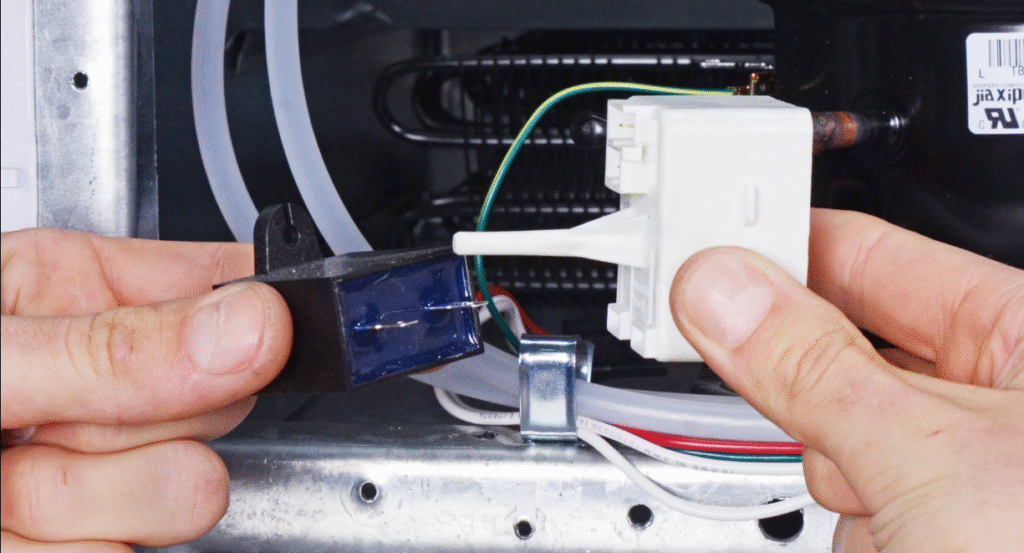
The Problem:
The compressor is the heart of the refrigerator's cooling system. If it fails—or if the start relay that powers it is defective—your fridge won’t cool at all. A buzzing sound or periodic clicking without cooling is a common symptom.
The Solution:
- Step 1: Unplug the fridge and remove the back panel to locate the compressor.
- Step 2: Check the start relay (a small box connected to the side of the compressor) for burning smells or rattling sounds when shaken.
- Step 3: Replace the faulty start relay and plug the fridge back in.
Warning: Compressor replacement is a complex and expensive repair. If it’s the compressor itself that has failed, consult an expert for diagnostics and repair options.
5. Blocked or Malfunctioning Air Vents
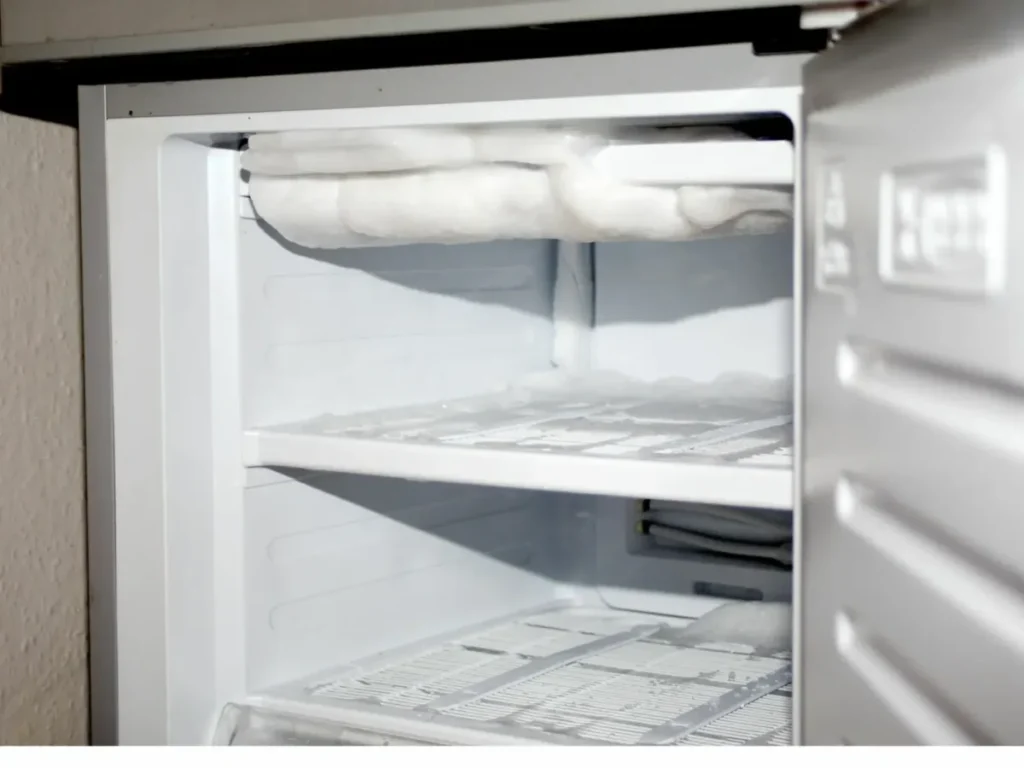
The Problem:
Your fridge and freezer rely on consistent airflow to maintain proper temperature. Items pushed too close to vents or frost buildup in the air ducts can prevent cold air from circulating.
The Solution:
- Step 1: Check for vents blocked by food containers or packaging and rearrange items for better air circulation.
- Step 2: Inspect vents for frost buildup. If present, a defrost may be needed.
- Step 3: Manually defrost the fridge by unplugging it and leaving the doors open for several hours.
Avoid overfilling your fridge to maintain healthy airflow and consistent cooling performance.
When to Call a Professional
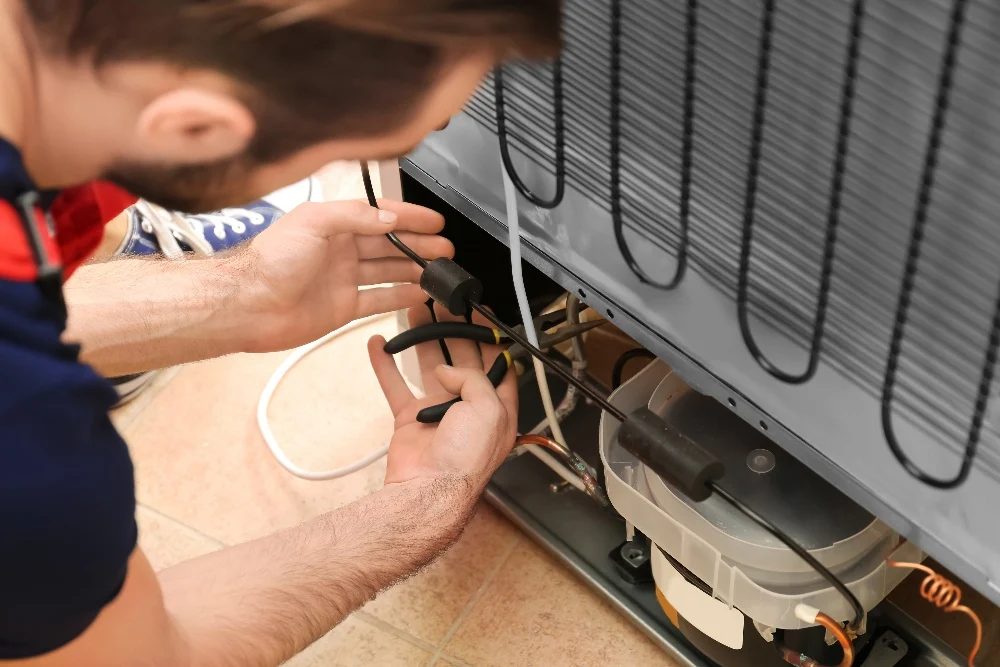
While many fridge issues are fixable with a bit of patience and elbow grease, some problems require expert knowledge and specialized tools. If you’ve gone through all five fixes and your fridge still isn’t cooling:
- Your refrigerant levels may be low or leaking (requires a licensed technician).
- The main control board or thermistor could be faulty.
- You may need a professional diagnostic to prevent recurring issues.
Final Thoughts
A fridge not cooling is more than just a nuisance—it can lead to spoiled food, wasted money, and unnecessary stress. By identifying and solving these five common problems, you can extend the life of your appliance and avoid costly repairs. However, when in doubt, don’t hesitate to reach out to the experts.
